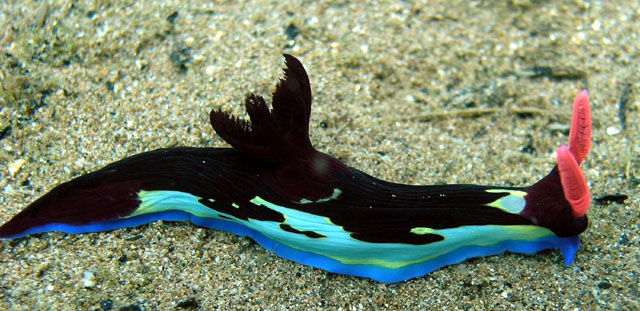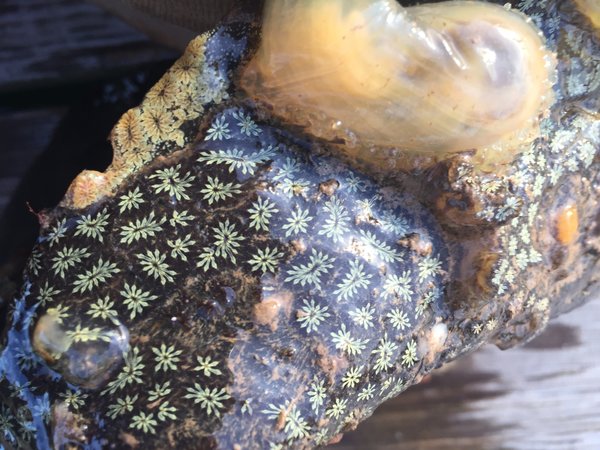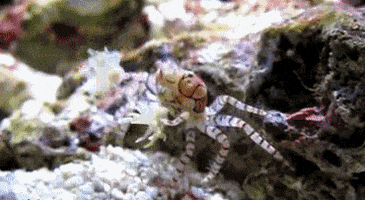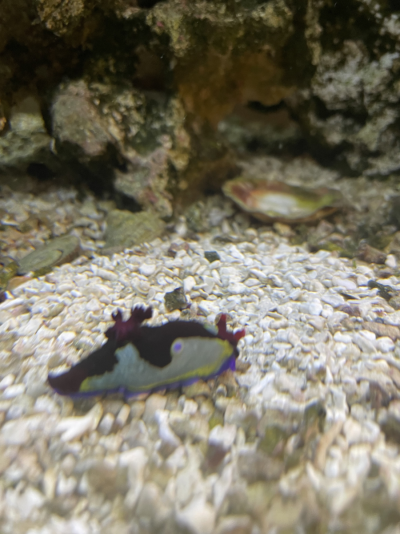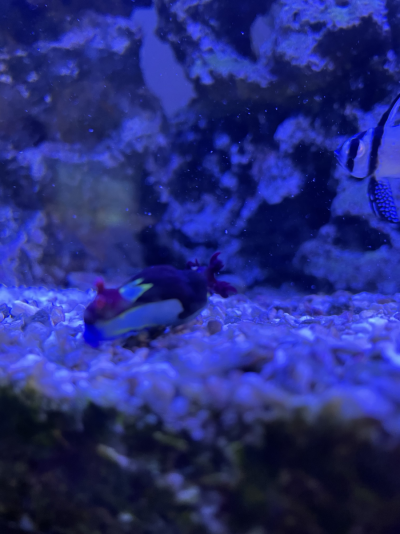Okay, so this is my first post on R2R, so let me know if i am doing something wrong, anyways, I recently got this Chamberlain Nudibranch, and the lfs said they eat sponges, I looked into it, and it said that some sea slugs only eat one certain species of sponge. Do these ones eat pineapple sponges? (this photo is not mine)
